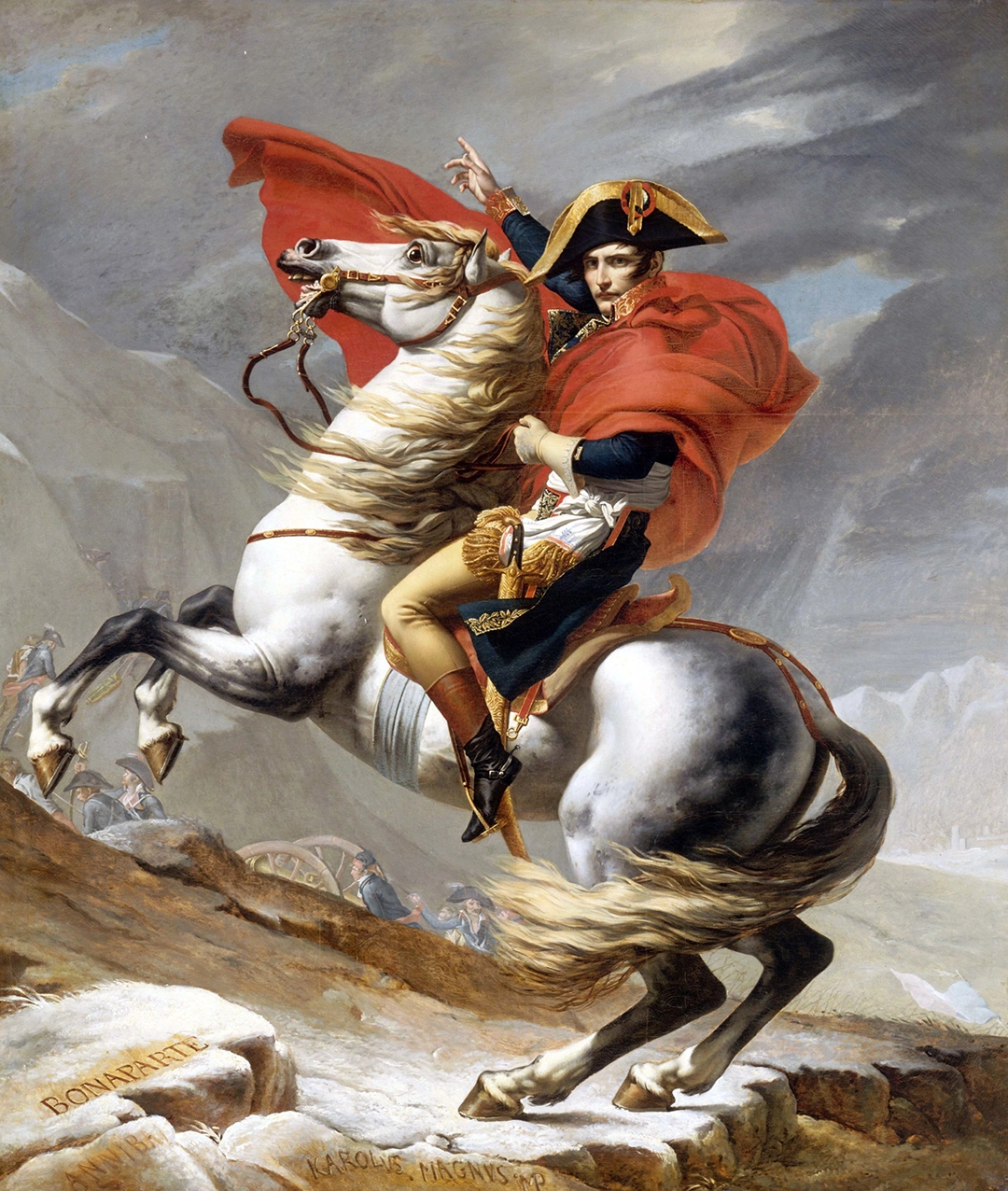
Napoleon Crossing the Alps, oil on canvas by Jacques-Louis David, 1801; in the Musée National des Châteaux de Malmaison et de Bois-Préau, Rueil-Malmaison, France
I have a rough idea of where New Zealand is on the map. And I’m quite pleased not to know it with any greater precision; in that vagueness, the place remains slightly mysterious, a little enigmatic. Even there —so far from what we consider the heart of the planet, which is our apartment— events unfold that feel uncannily familiar. My grandmother Jacinta used to say: En tolos sitios cuecen fabes… y dalgunes, hasta les quemen. (Everywhere, the same dramas simmer)
New Zealand decided to remove Art History from its high-school program. This is not something that should be dismissed as a minor administrative adjustment, nor as an occasional reshuffling of history courses.
It is a deep, structural shift in educational thinking —a paradigm that privileges what can be quantified over what must be interpreted, what is technical over what is humanistic, what is immediate over what carries cultural memory. Put more plainly: we will keep what produces measurable data. What requires interpretation, thought, or the will to contextualize is no longer considered essential. This is not a New Zealand eccentricity; it is a sign of the age we inhabit.
In September 2023, the Ministry of Education released its list of “future-focused subjects” for students aged eleven to thirteen. With no consultation and no explanation, Art History —along with printmaking and sculpture— vanished from the list. It was deemed unnecessary, a “knowledge-rich” subject with little utility for the future.
Across the world, the value of the arts, the humanities, and the social sciences has been plunging. Funding streams drift away. Sponsors grow uneasy, perhaps because thought itself —ideas, imagination, the interpretive impulse— cannot be controlled.
Erica Stanford, the local Minister of Education, casually mentioned that a course on Generative Artificial Intelligence would soon be implemented. Not only students: adults now require extra vigilance to distinguish the real from the fake. Most people can recognize what is real because they have accumulated knowledge and developed reading skills that extend far beyond the ability to decode text. They can read images, contexts, circumstances —all of which yields a final vision slightly closer to what consensus calls reality.
Courses grounded in the arts offer crucial abilities in visual literacy and critical thinking, along with an understanding of how power shapes cultural, social, and political identity.
The irony is that the Ministry for Culture and Heritage has a program —Amplify— designed to increase arts participation by 10% and expand the creative sector by 5,000 jobs by 2030. How, then, to understand the removal of one of the earliest steps along that very path?
From a theoretical standpoint, this episode reveals a profoundly instrumental conception of knowledge. It does not respond to a lack of usefulness; it reflects a redefinition of what counts as useful. What is most troubling —what reveals itself in the folds of this initiative— is the distrust of free interpretation and the preference for training over reflection. The educational horizon, adjusted to the logic of economic immediacy, will inevitably bleed.
The least we can do —those of us who still can— is insist that visual knowledge is not ornamental. It is a structural component of critical thought. Art History, beyond refining our appreciation and enjoyment of artworks, helps us decipher the operations of power, understand how images shape subjectivity, and recognize when aesthetics serves control and when it resists it. The world generates a furious torrent of images every day. Visual culture helps citizens navigate it, survive it, and detect manipulated narratives and realities built to measure.
The subjective, above all, is what requires protection: it is always singular, never replicable. A Nobel laureate and a child, when adding two plus two, reach the same result. It is an operation repeated for millennia, and will remain identical for millennia more. By excluding this kind of subject from the educational landscape, we close off an entire way of thinking; we endanger a society’s ability to understand its own imaginary.











Comments powered by Talkyard.